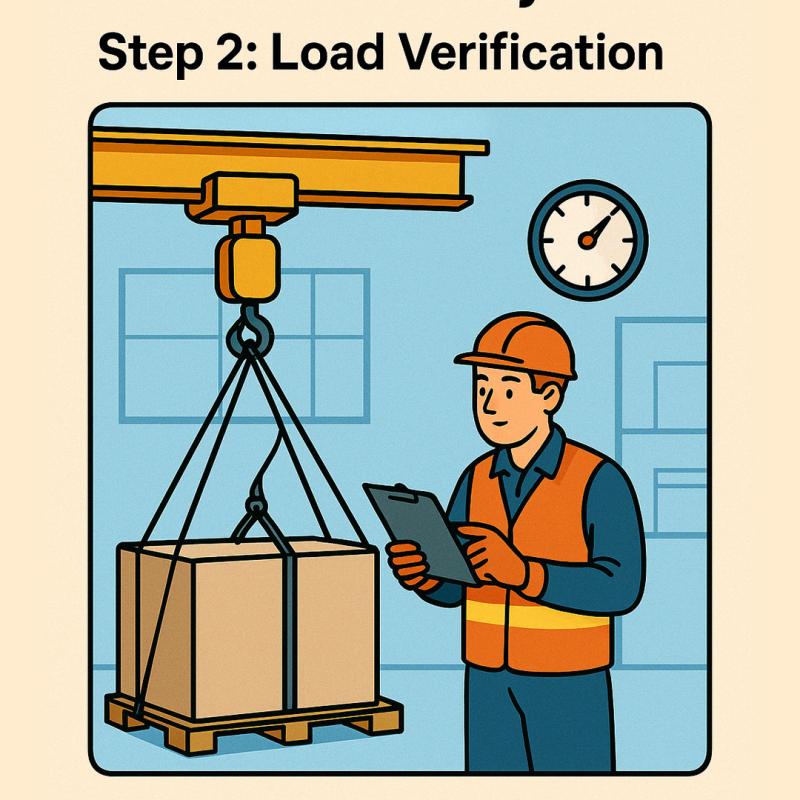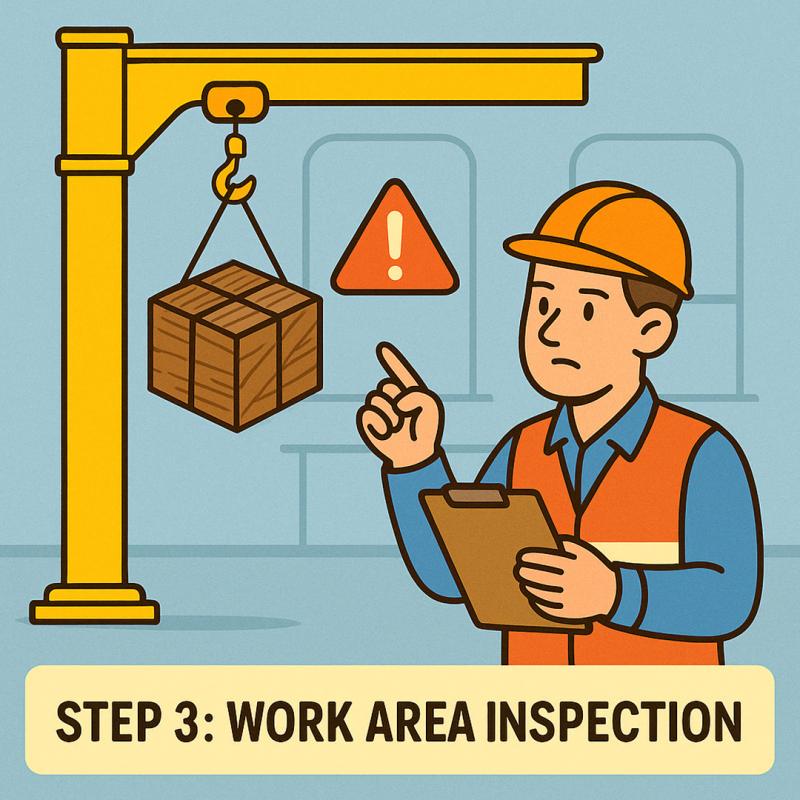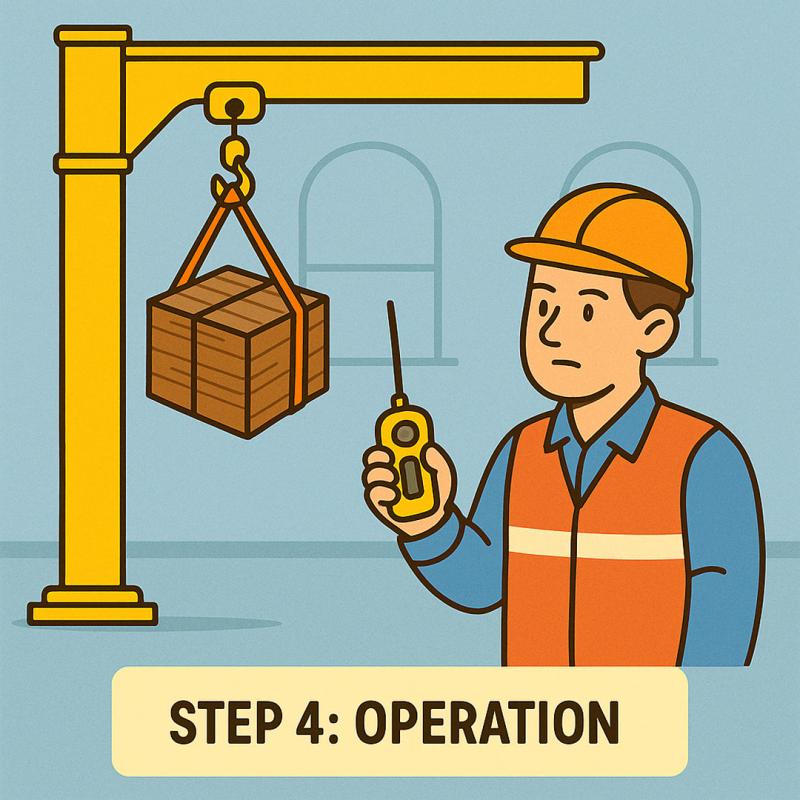



In this comprehensive guide, you'll discover detailed safety practices and operational guidelines crucial for using a jib crane safely in your facility.
A jib crane is a type of crane featuring a horizontal jib or boom that supports a movable hoist. Typically mounted to a wall, pillar, or freestanding support, jib cranes allow for the precise positioning of heavy loads. They are indispensable in the material handling industry for their flexibility and ease of use.
Before safely operating a jib crane, understanding its various types is essential:
Freestanding Jib Crane: Mounted on a concrete foundation, these cranes offer 360-degree rotation.
Wall-mounted Jib Crane: Fixed to walls or structural columns, these provide coverage up to 180 degrees.
Mast-type Jib Crane: These cranes are similar to freestanding models but supported by an existing structural mast or pillar.
Before beginning operations, it's critical to conduct a comprehensive safety check to ensure the crane is in proper working condition:
Check for structural damages on the jib, mast, boom, and support structure.
Inspect hoist, hooks, and slings for wear, deformation, or cracks.
Confirm the absence of fluid leaks in hydraulic or pneumatic systems.
Test all control systems to ensure smooth movement.
Verify the braking system functionality.
Confirm load indicators are functioning correctly.
Ensure the workspace is clear of obstructions.
Verify adequate lighting for clear visibility during lifting operations.
Only trained and certified personnel should operate a jib crane. Ensure operators receive comprehensive training in crane operations, load handling, and safety procedures outlined by material handling companies.
Always confirm the load’s weight and ensure it doesn’t exceed the crane's rated capacity.
Balance and secure the load using appropriate attachments like slings or ratchet tie down straps.
Operate controls slowly and smoothly to avoid abrupt movements.
Monitor load stability constantly during lifting and transport.
Avoid swinging loads, which can lead to accidents and damage.
Position yourself safely away from the load’s path.
Clearly communicate with other personnel during lifting operations.
Always place loads gently onto the desired spot, checking the stability before releasing the load completely.
Jib cranes, like other material-handling equipment, carry inherent risks. Awareness of these hazards can significantly enhance workplace safety:
Never exceed the recommended load capacity. Overloading can cause structural failures, risking injuries and property damage.
Avoid rapid movements that can cause loads to swing uncontrollably, increasing the risk of injury.
Regular maintenance schedules must be adhered to, ensuring any mechanical issues are promptly identified and corrected.
Regular maintenance is vital to ensure safe and efficient crane operation:
Schedule routine inspections by certified professionals.
Regularly lubricate moving parts and inspect hydraulic and electrical systems.
Document all inspections and repairs for ongoing reference.
For specific applications, alternative lifting equipment might be more suitable:
Gantry Crane: Provides greater mobility and flexibility for handling larger loads.
Scissor Lifter: Ideal for lifting heavy slabs and materials in confined spaces.
Portable Gantry Crane: Offers adjustable and portable options ideal for temporary worksites or locations without permanent lifting equipment.
Strict adherence to OSHA regulations and industry standards is mandatory for safe crane operations:
Ensure all lifting equipment complies with OSHA 1910.179 standards.
Regularly update employee training on latest safety practices.
Clearly mark load limits and safety warnings on all cranes.
Promoting a strong safety culture within your facility significantly reduces the risk of crane-related incidents:
Conduct regular safety meetings to reinforce proper operational procedures.
Encourage open communication about safety concerns among employees.
Regularly review and update your safety policies based on industry trends and new equipment introductions.
Operating a jib crane safely is integral to ensuring workplace safety, productivity, and equipment longevity. By adhering to thorough inspection routines, proper training, and strict compliance with safety standards, businesses in the material handling industry can significantly minimize risks associated with jib crane operations. Always prioritize safety and regular maintenance to keep your jib crane performing optimally.
Sign up to receive the latest info on new Aardwolf products, special offers and more.
By signing up you agree to receive emails from Aardwolf with news, special offers, promotions and other information. You can unsubscribe at any time.